The brightest burst of light ever recorded was caused by a supernova, but that prompts new questions.
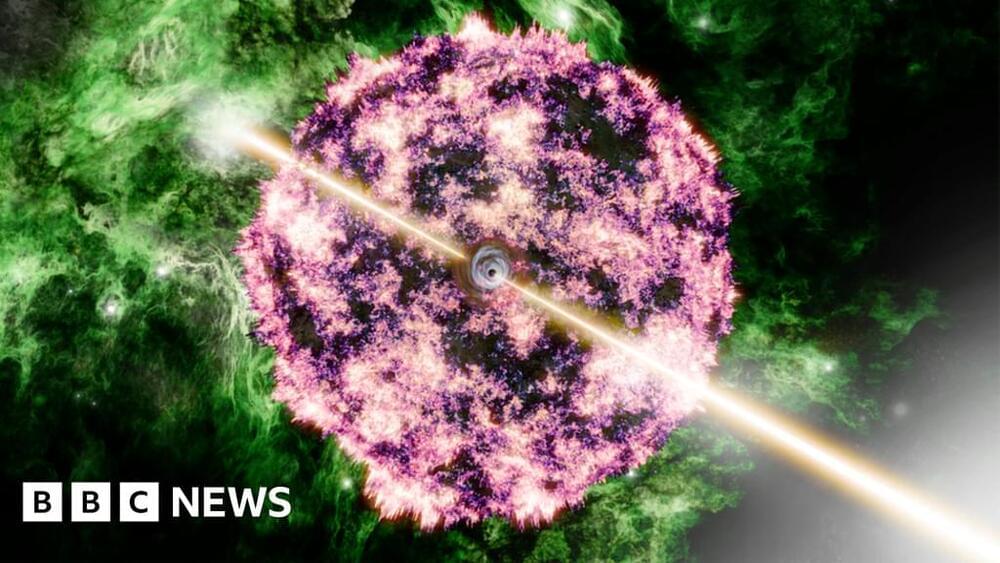

Astronomers detect long-sought compact object within the remnant of Supernova 1987A In February 1987, the closest supernova to Earth in almost 400 years exploded onto the scene. Designated Supernova 1987A (SN 1987A), it resulted from the death of a massive star in the Large Magellanic Cloud, a dwarf galaxy 160,000 light-years away. In the decades since, its remnant has been studied by telescopes at all wavelengths of light from X-rays to radio. Yet despite all the scrutiny, one mystery has remained.

A new way of interpreting the elusive mathematics of quantum mechanics could fundamentally change our understanding of reality.
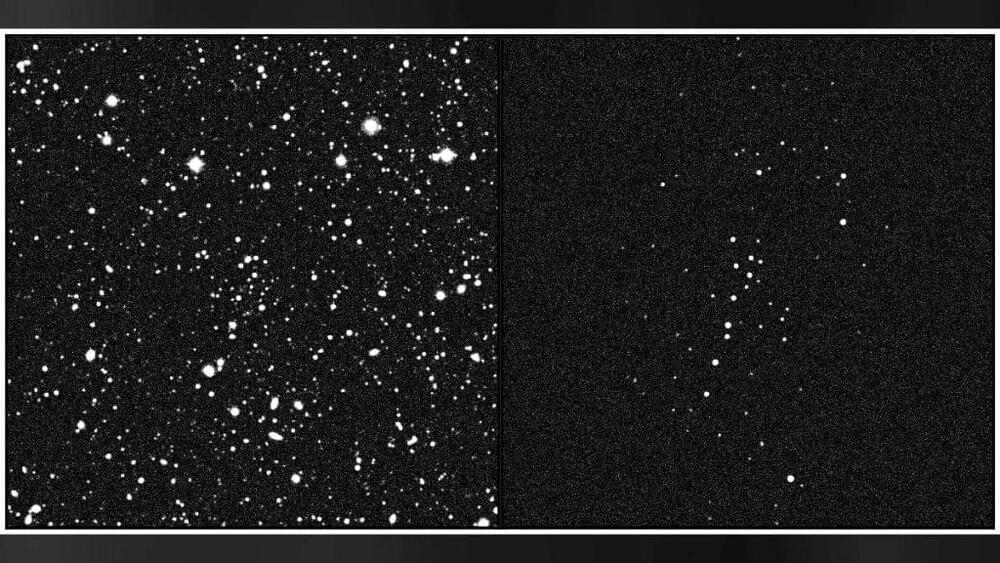
In physics, quintessence is a hypothetical form of dark energy, more precisely a scalar field, postulated as an explanation of the observation of an accelerating rate of expansion of the universe. The first example of this scenario was proposed by Ratra and Peebles (1988)[1] and Wetterich (1988).[2][3] The concept was expanded to more general types of time-varying dark energy, and the term “quintessence” was first introduced in a 1998 paper by Robert R. Caldwell, Rahul Dave and Paul Steinhardt.[4] It has been proposed by some physicists to be a fifth fundamental force.[5][6][7][8] Quintessence differs from the cosmological constant explanation of dark energy in that it is dynamic; that is, it changes over time, unlike the cosmological constant which, by definition, does not change. Quintessence can be either attractive or repulsive depending on the ratio of its kinetic and potential energy. Those working with this postulate believe that quintessence became repulsive about ten billion years ago, about 3.5 billion years after the Big Bang.[9]
A group of researchers argued in 2021 that observations of the Hubble tension may imply that only quintessence models with a nonzero coupling constant are viable.[10].
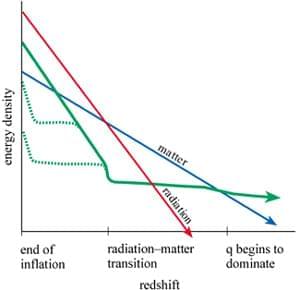
In this weeks continuation article of Dark Energy and what it is, we will be looking at Quintessence: which could be what dark matter is made of.
Quintessence. It is a “time-evolving and spatially dependent form of energy with negative pressure sufficient to drive the accelerating expansion” (Cladwell R.R. and Steinhardt P.J., 2000a, para 41).
Since it has negative pressure, it also has negative gravity. This negative gravity could explain the expansion of the universe. There are many models to describe quintessence, the simplest being, the fact that quintessence might be a quantum field with very long wavelength stretching across the universe. Negative gravity arises in this field by the negative pressure, and we can calculate the pressure by subtracting the Kinetic and Potential energies of the rate of oscillations in the field strength. This model is also successful, because it explains how the density of Dark Energy, or quintessence, changed over time, and fits in with the idea that dark energy must have been insignificant during the early universe to allow the large scale structures to form.
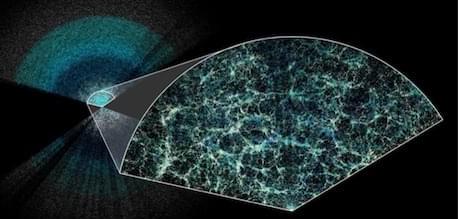
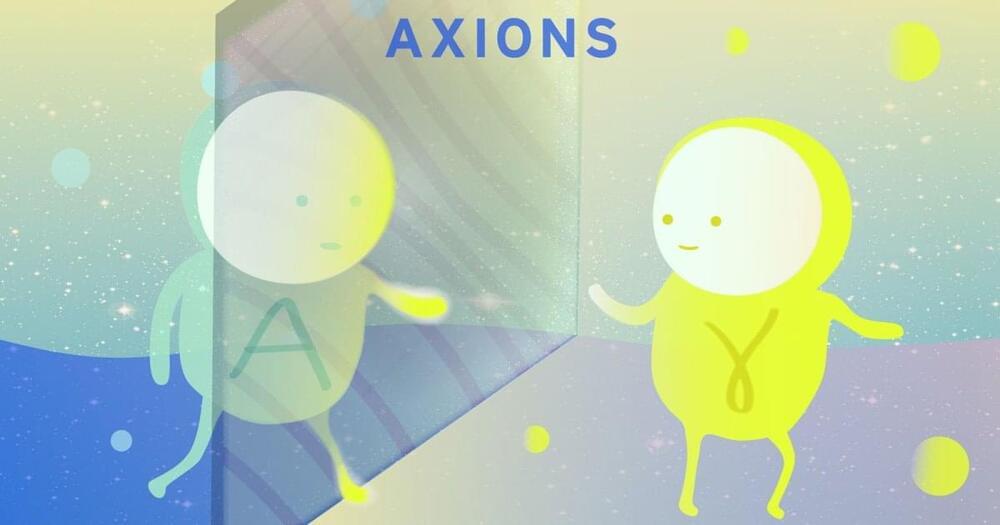
As the infrared space telescope continues its long-duration survey of the universe, it is creating a unique resource for future astronomers to make new discoveries.
NASA ’s NEOWISE mission has released its 10th year of infrared data – the latest in a unique long-duration (or “time-domain”) survey that captures how celestial objects change over long periods. Time-domain astronomy can help scientists see how distant variable stars change in brightness and observe faraway black holes flaring as they consume matter. But NEOWISE has a special focus on our planet’s local cosmic neighborhood, producing a time-domain infrared survey used for planetary science, with a particular emphasis on asteroids and comets.
Short for Near-Earth Object Wide-field Infrared Survey Explorer, NEOWISE is a key component of NASA’s planetary defense strategy, helping the agency refine the orbits of asteroids and comets while also estimating their size. One such example is the potentially hazardous asteroid Apophis, which will make a close approach of our planet in 2029.
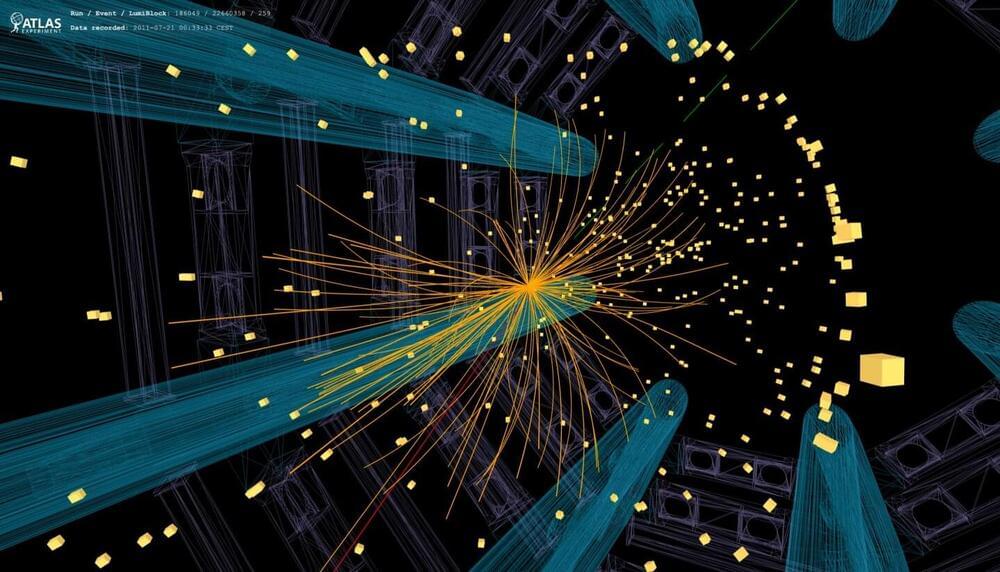
The discovery of the Higgs boson in 2012 slotted in the final missing piece of the Standard Model puzzle. Yet, it left lingering questions. What lies beyond this framework? Where are the new phenomena that would solve the universe’s remaining mysteries, such as the nature of dark matter and the origin of matter-antimatter asymmetry?